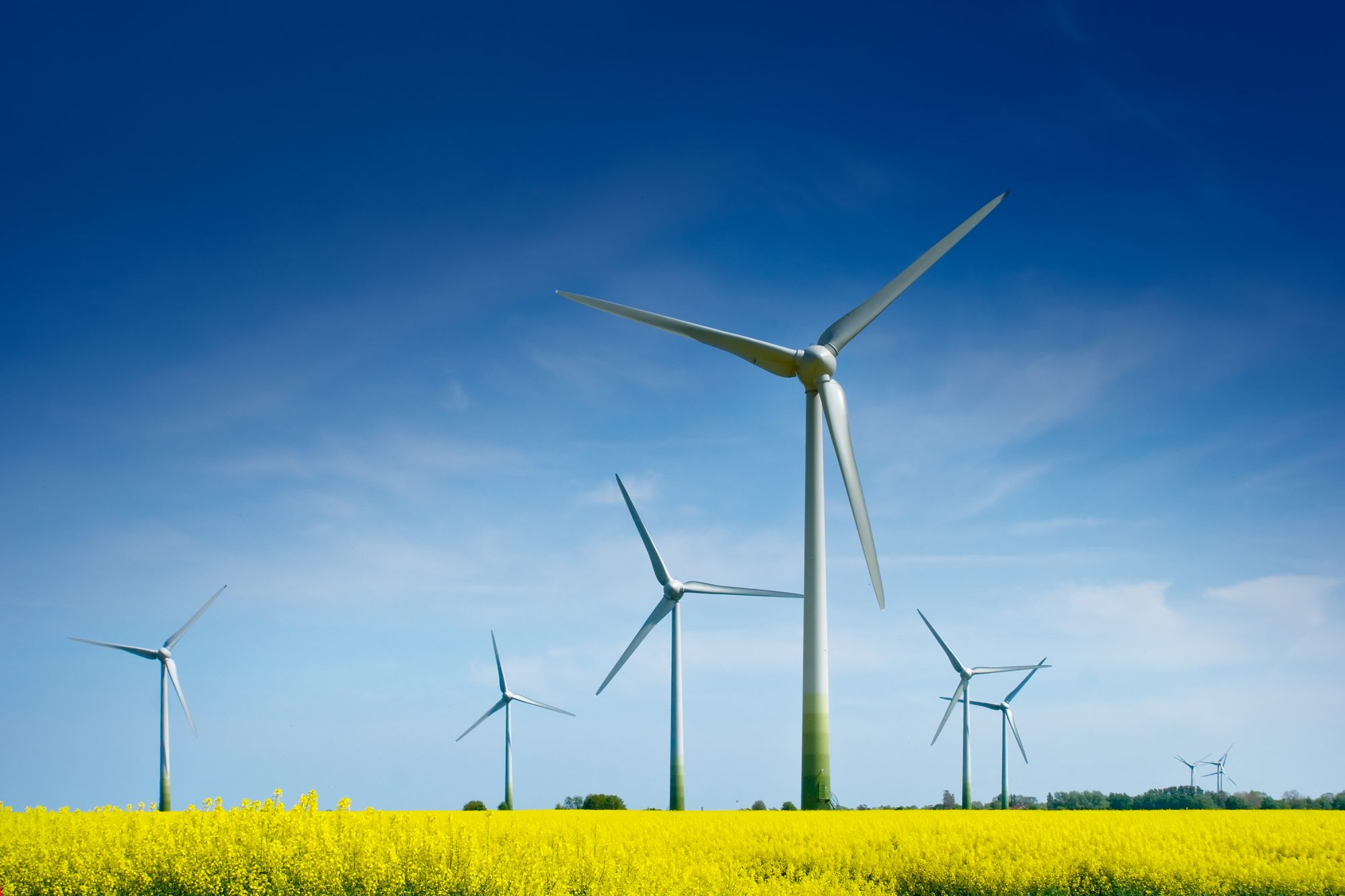

more VideoUrbani Tartufi: the cultivation of truffles that "saves" the supply chain EFA News exclusively interviews Olga Urbani, the company's CEO The company specializing in the production of yeasts and ingredients for bread-making, pastry-making and pizzerias conquered the Rimini Fiera audience. Participation in style at Sigep 2023 for AB Mauri. more VideoAB Mauri at Sigep 2023: focus on sustainability Interviews with Francesca Minutola (Marketing) and Daniel Dedomenici (Bakery Management)AB The conference on The State of Union organized by the European University Institute of Florence is a prestigious annual event for reflection on the most current issues affecting Europe. Among the partners. Bayer protagonist of the prestigious meeting The State of Union Interview with Matthias Berninger, VP Public Affairs, Science & Sustainability at Bayer
CARBON NEUTRAL OIL FULL
Read the full paper here.EFA News - European Food Agency Similar VideoFlorence. Britains advertising watchdog has ruled Royal Dutch ShellsCarbon neutral expansion of oil palm plantations in the Neotropics. Quezada, J.C., Etter, A., Ghazoul, J., Buttler, A. Hence, greater OP sustainability can be achieved if its expansion is oriented toward pasture land. The recovery of topsoil carbon content, suggests that SOC stocks might partly recover during a third plantation cycle. Soil organic carbon (SOC) decreased until 36 years after conversion, due to a fast decomposition of pasture-derived carbon, counterbalancing the carbon gains in OP biomass. Compared to rainforest conversion, this alternative land use change reduces net ecosystem carbon losses by 99.7 ± 9.6%. Our results demonstrate that pasture-to-OP conversion in savanna regions does not change ecosystem carbon storage, after 56 years in Colombia.

In new research, a new catalyst increased the production of long-chain hydrocarbons in chemical. Proposed carbon-neutral fuels can broadly be grouped into synthetic fuels, which are made by chemically hydrogenating carbon dioxide, and biofuels, which. Captured CO 2 can be turned into carbon-neutral fuels, but technological advances are needed. In practice, this usually means fuels that are made using carbon dioxide (CO 2) as a feedstock. Oil and gas companies are pushing a net-zero narrative, but their pledges may not live up to true carbon neutrality. Carbon-neutral fuel is fuel which produces no net- greenhouse gas emissions or carbon footprint. Although various land use change options have been proposed, so far, there are no empirical data on their long-term ecosystem carbon pools effects. By Tsvetana Paraskova - Oct 18, 2021, 3:00 PM CDT. The purple band indicates the time-averaged TEC stocks during the 56 years of oil palm cultivation.Īlternatives to ecologically devastating deforestation land use change trajectories are needed to reduce the carbon footprint of oil palm (OP) plantations in the tropics. TEC in OP plantations and pastures includes above- and belowground biomass and SOC stocks down to 50 cm (but not dead trees after replanted). In contrast, when rainforest is converted to oil palm plantation, the loss in total ecosystem carbon is much higher, at 173 Mg C ha −1 (based on figures from Sumatra). Total ecosystem carbon in plantations, averaged over time, declines by only 0.5 ± 8.8 Mg C ha −1 relative to pasture.


Averaged over time (purple band below), total ecosystem carbon remains at roughly the same level that was measured in pastures (orange diamond below). Total ecosystem carbon (both above and below ground) increases during the growth of a batch of oil palm trees and decreases when the trees are replanted, as shown in the figure below. Soil carbon stocks after pasture conversion into oil palm plantations at 0 cm to 50 cm depth. The figure below shows that, on oil palm plantations in Colombia established on former pasture, the level of soil carbon initially declines and then reaches an equilibrium. Apple, which has committed to being carbon neutral by 2030, has been using technological innovations such as its Daisy robot to recycle basic materials. In contrast to Indonesia and Malaysia, where oil palm is often planted on areas of cleared rainforest, plantations in Colombia (the fourth largest producer of palm oil) have tended to be on former pasture land (which itself was formerly savannah), and also directly on areas of former savannah.


 0 kommentar(er)
0 kommentar(er)
